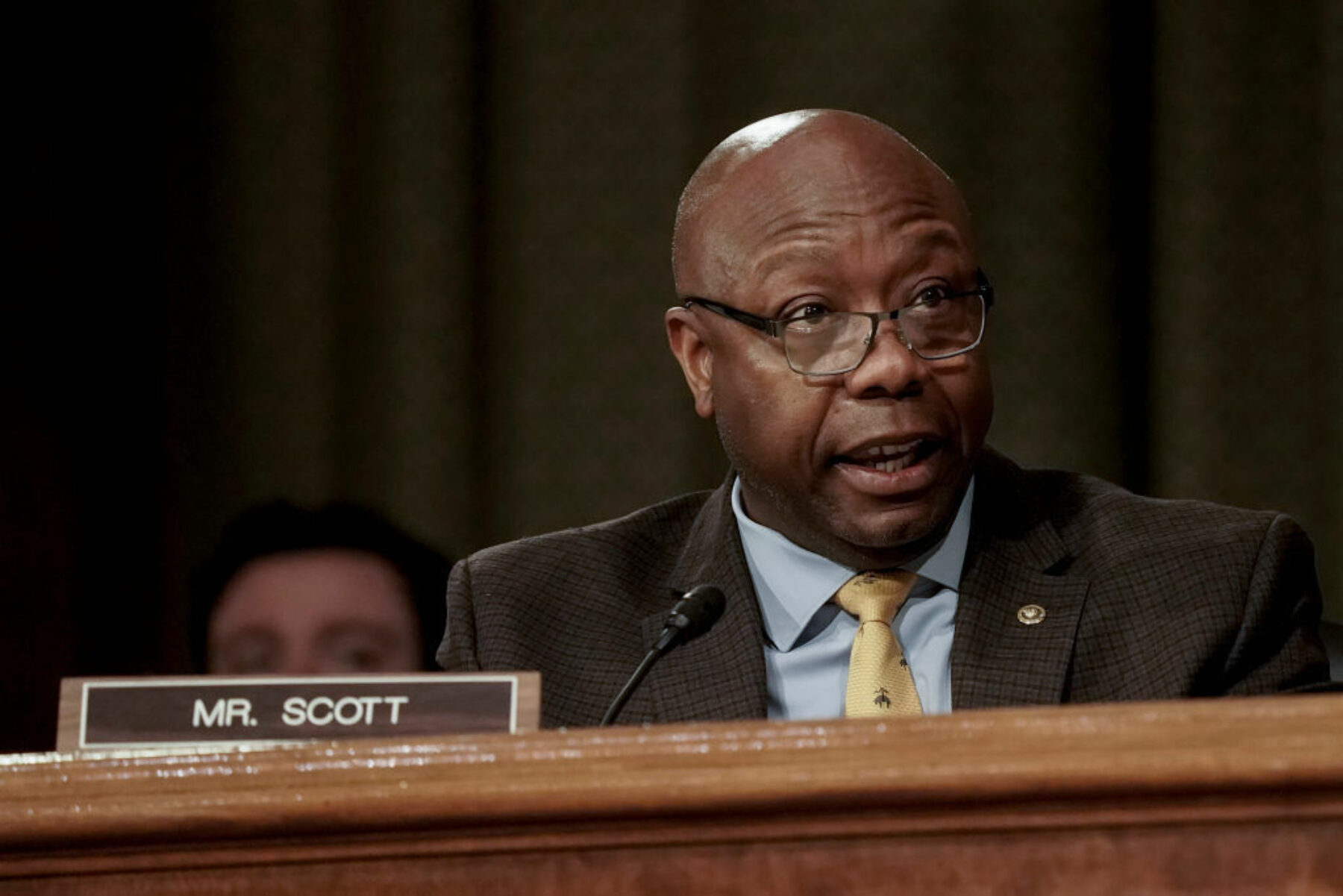Congress this week turned its attention to improving care for low-income older adults and people with disabilities enrolled in both Medicare and Medicaid at a hearing at the United States Senate Special Committee on Aging.
The committee heard testimony from a state government worker, a provider, and two people who are enrolled in both Medicare and Medicaid. The common theme: Today’s system is broken, and integrated models hold promise as a solution.
People dually eligible for Medicare and Medicaid are hospitalized more frequently due to COVID-19, underscoring the urgent need for improved care options for some of the most medically vulnerable Americans.
“Overall, the hearing highlighted just how important it is to support individuals enrolled in Medicare and Medicaid,” said Arielle Mir, vice president of health care at Arnold Ventures.
Here are four takeaways from the hearing:
#1 Lives are at risk because of red tape and lack of coordinated care.
Only half of the 12 million Americans enrolled in Medicare and Medicaid have access to plans that integrate their Medicare and Medicaid coverage. And just 10% of people who are dual-eligible are enrolled in these integrated plans. Dennis Heaphy is a policy analyst, disability rights advocate, and dual-eligible enrollee in the Massachusetts’ integrated model called One Care. He described how the fragmentation between the two programs puts his health at risk. “I am not exaggerating when I say that, if I have more hoops to jump through to access care, or if my home support services get squeezed, I am a goner,” he said.

Jane Doyle, a grandmother with multiple sclerosis, described the administrative burdens she experienced in seeking care for both herself and her elderly mother. Both women are dually eligible for Medicare and Medicaid and rely on care from both systems to maintain their health and cover the costs.
Getting Jane’s mother the appropriate care in both programs was an odyssey that included hundreds of pages of documentation and numerous other bureaucratic hurdles. Ultimately, Doyle had to utilize a resource called the Pennsylvania Health Law Project to expedite the process. Doyle told Congress, “While these programs are important, they are not easy to use.”
#2 Integration of the systems will make meaningful change.
“Integrated care, when done well, helps us to live meaningful lives in the community,” Heaphy told lawmakers.
“It means understanding and promoting the basic principles of independent living. It means having a care team that not only looks at my medical needs, but also my life goals, my ability to engage with family and friends, and participate in the community,” he said. “In my case, it also means ensuring I have the right wheelchair, medical supplies, and environmental controls to work independently from home. It means having a direct line of communication with a member of my care team with decision-making authority. It means having a nurse practitioner or physician assistant whom I trust and can act in real time. That can mean writing a prescription or coming to my home to change my urine catheter so that I can avoid the emergency department.”
Another witness, Dr. Jose Figueroa of Harvard T.H. Chan School of Public Health, shared the different models available to states to integrate care. Currently, 47 states are operating a D‑SNP model that offers various levels of integration to beneficiaries.
#3 The dual-eligible population is incredibly diverse; better data is needed to understand their characteristics and needs.
Sen. Susan Collins (R‑Maine) said the dual-eligible population is thought of as old, poor, and sick — and that does not capture the range of individuals and health needs. For example, a person in this population could be an 80-year-old woman who needs help with assisted living; a middle-aged person with multiple chronic conditions who needs specialists; or a young disabled person who needs help with day-to-day living.
“We should not expect one strategy will work for everyone,” Figueroa said. “We need better data to understand what works for specific populations. If we can somehow make data better and more transparent, and also be able to drill down which programs work for the young duals with schizophrenia versus the older frail adult living in a nursing home, I think we can then expand and improve upon the models that make more sense.”
#4 There is bipartisan momentum on improving care for the dual-eligible population.

Chairman Bob Casey (D‑PA) and Ranking Member Tim Scott (R‑SC) commented on the shared challenges that dual-eligible individuals face in their respective states, the importance of caregivers and care coordinators, and the need for federal and state support to improve the system.
Both senators highlighted ongoing state efforts aimed at improving the “jigsaw puzzle,” as Scott said, of care for people who are dual-eligible. Casey spotlighted the ongoing opportunity for states to tap funds from the American Rescue Plan to improve home and community-based care.

















